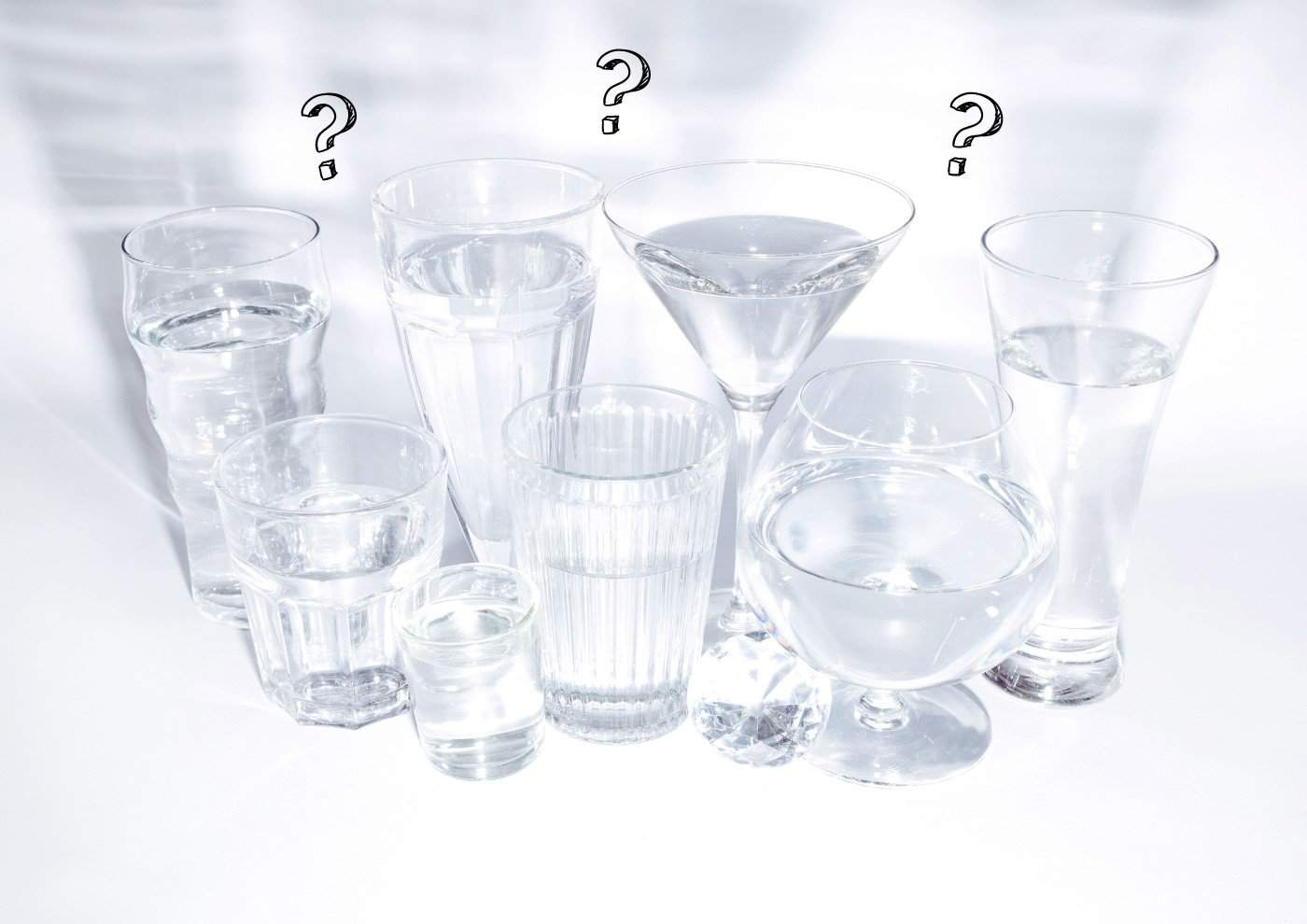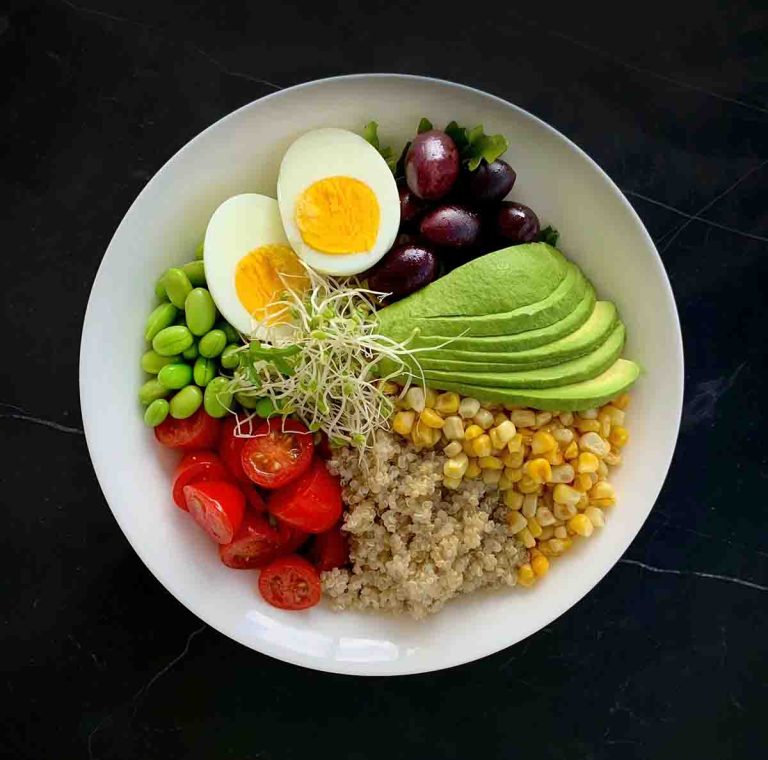Drinking water, a simple molecule yet vital to life, is often overlooked in our daily routines. The question “How much water to drink?” isn’t as straightforward as it may seem. This article delves into the concept of personalised hydration – because your water intake isn’t just about ounces and minutes, but also factors like climate, activity levels, and even the food you eat. So let’s dive in and explore ways to make an informed choice for your body’s most crucial system.
Understanding the Health Benefits of Drinking Water
Drinking water plays an essential role in our health. It supports bodily functions, maintains skin health, and contributes to weight management. Every cell in our body needs water. It helps regulate body temperature, transport nutrients, and remove waste products. For example, when we exercise, our bodies heat up. Drinking water cools us down by sweating and respiration.
Our skin is the largest organ in our body. It needs hydration to function properly. When we drink enough water, it keeps our skin moist and supple. A study found that drinking two litres of water a day can improve skin hydration and elasticity.
Water can help manage weight too. It aids digestion and prevents overeating by making us feel full sooner. Research showed people who drank 500ml of water before meals lost 44% more weight than those who didn’t.
- Guidelines for Hydration and Recommended Daily Intake
We’ve learned about the health benefits of drinking water. Now let’s focus on figuring out how much water to drink. The Institute of Medicine suggests a daily water intake of 3.7 litres for men and 2.7 litres for women. However, it’s crucial to remember that this includes all beverages and food.
Factors such as age, sex, weight, climate, and overall health can affect your hydration needs. For instance, if you’re living in a hot climate or are physically active, you might need more water than someone who lives in a cooler environment or leads a sedentary lifestyle.
- Physical Activity Increases Drinking Water Intake
Physical activity plays an essential role in determining your water intake. It’s recommended to drink an extra 1.5 to 2.5 cups of water per day if you exercise. The amount increases with intense workouts that make you sweat profusely.
To calculate your water intake, consider this simple formula: take your body weight (in pounds), divide it by 2. This is the number of ounces you should drink each day. For instance, if you weigh 150 pounds, aim for 75 ounces of water daily.
- Age, Sex and Lifestyle Factors
However, this formula isn’t one-size-fits-all. Variables like age, sex, and lifestyle play a significant role in fine-tuning your hydration needs.Men typically require more water than women due to larger body mass. Active individuals need more hydration to compensate for fluid loss during workouts. Older adults may need less as metabolism slows with age.
- Health Conditions and Climate Adjustments
Your health status and climate also influence your water intake.
If you have a health condition that causes fluid loss (like diabetes) or are pregnant or breastfeeding, increase your intake. Similarly, living in hot climates or high altitudes can lead to faster dehydration; adjust accordingly.
Remember: drinking too much water can also be harmful – leading to a condition called hyponatremia. Always consult with a healthcare professional if unsure about your personalised hydration needs.
Recognizing Adequate Hydration Levels and Preventive Measures Against Dehydration
Knowing how much water to drink is crucial. But recognizing signs of adequate hydration is equally important.
- Signs of Proper Hydration
Your body communicates its hydration level. Clear or light-coloured urine indicates good hydration. Your skin also remains supple. You feel energetic, not lethargic. Dehydration shows distinct symptoms too. Dry mouth, fatigue, and headache are common signs. Dark-coloured urine should raise alarms. Severe dehydration can cause dizziness or confusion.
According to the Centers for Disease Control and Prevention (CDC), dehydration hospitalises hundreds each year in the US alone. This statistic underscores the importance of staying hydrated.
Preventive Measures Against Dehydration
Preventing dehydration isn’t hard work. Drink enough water daily – you already know how much from our previous section on “Calculating Personalized Water Intake”. Include fruits and vegetables with high water content in your diet. Avoid excess caffeine or alcohol as they can dehydrate you.
In extremely hot weather or during intense workouts, increase your water intake accordingly. Remember, thirst isn’t an accurate indicator; hydrate before feeling thirsty.
- Risks Associated with Excessive Water Consumption and Overhydration
Overhydration isn’t just a fancy term. It’s a genuine health concern. Overhydration, or water intoxication, is the result of drinking too much water. This excessive intake can pose serious risks to your health.
Water doesn’t just quench thirst; it also maintains our body’s electrolyte balance. Drinking too much can disrupt this delicate equilibrium, leading to hyponatremia—a condition characterised by low sodium levels in the blood.
Certain conditions increase the risk of overhydration. For example, endurance athletes who drink large amounts of water are more susceptible. So are individuals with certain health issues like kidney problems or heart disease.
Fluids that Aid in Hydration and Healthy Beverage Choices
Hydrating fluids extend beyond plain water. Various beverages, including milk, tea, coffee, and juice provide hydration while contributing to our fluid needs. Milk is a fantastic source of hydration. It’s not just about quenching thirst but also providing essential nutrients like calcium and protein. Tea and coffee, despite their caffeine content, can contribute to your daily fluid intake too. However, moderation is key as excessive caffeine can lead to dehydration.
- Pros and Cons of Beverages
Beverages like sugary drinks may taste good but aren’t the best for hydration. They’re high in calories and low in nutritional value. On the other hand, drinks like green tea offer antioxidants along with hydration. Fruits and vegetables are unsung heroes. Foods like cucumbers or watermelons have high water content which aids in keeping us hydrated. Remember, physical activity increases your fluid needs. So if you’re active, drink more than usual.
Special Considerations for Hydration Across Different Life Stages and Conditions
Our bodies’ hydration needs change as we age and encounter different life stages.
- Ageing: Adjusting Hydration Habits
As we age, our sense of thirst diminishes, increasing the risk of dehydration. According to sports medicine research, older adults should aim for 6-8 glasses of water a day but also pay attention to signs of dehydration like dry mouth or fatigue.
Certain Health Conditions Require Attention
Certain health conditions can impact how much water you need. For instance, heart disease or kidney problems may require you to limit your fluid intake while diabetes might increase it. Always consult with your healthcare provider about your personal hydration needs.
- Strategies to Increase Daily Water Consumption and Assessing Hydration Status
Drinking water is vital. However, we often forget to hydrate. Simple strategies can help increase your daily water intake. For instance, carry a reusable water bottle. It serves as a constant reminder and makes it convenient to drink anytime, anywhere. Also, adding flavour to your water can make it more appealing. Try adding slices of fruits like lemons or cucumbers for a refreshing twist.
Tools for Assessing Hydration
Knowing how hydrated you are is equally important as drinking enough water. There are several tools available that can help assess hydration levels. Urine colour is a simple yet effective tool. Light-coloured urine typically indicates good hydration while dark yellow or amber-coloured urine signals dehydration. Digital apps like Hydro Coach or My Water Balance are also helpful in tracking daily water consumption and reminding you when it’s time to take another sip.
- Importance of Regular Checks
Regularly checking your hydration status is crucial in maintaining optimal health and well-being.Dehydration can lead to various health problems such as headaches, fatigue, dry skin, and even kidney stones. On the other hand, overhydration could cause hyponatremia – a condition characterised by low sodium levels in the blood which could be life-threatening if left untreated.
Conclusion
We’ve journeyed through the importance of hydration, how to calculate your daily water intake, and the risks of overhydration. We’ve also explored various fluid sources and strategies to increase your water consumption. It’s clear that maintaining hydration isn’t a one-size-fits-all approach. You need to consider your lifestyle, health status, and individual needs.
Now it’s your turn to put this knowledge into action. Start by assessing your current hydration habits. Then, make the necessary adjustments based on what you’ve learned here. Remember, drinking water is more than just quenching thirst—it’s about fueling your body for optimal health. So, raise a glass (of water) to a healthier you! Let’s make every sip count.
Sources:




